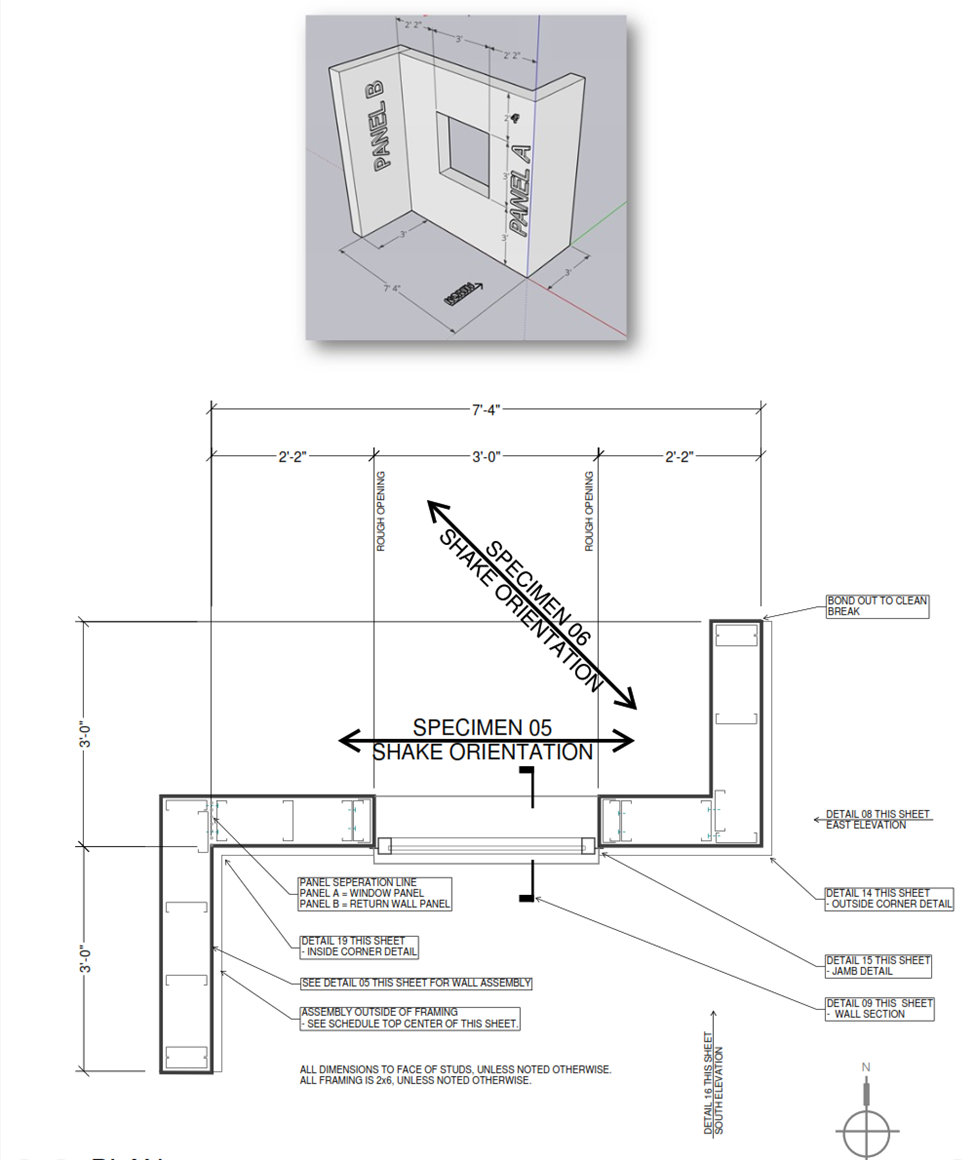
Grantee: Masonry & Ceramic Tile Institute of Oregon
Principle Investigators: Harold Friberg
Year: 2021
Project Number: 2021.008
Status: In Progress
Adhered masonry veneer is a widely used cladding system. This research aims to better understand system response during seismic events.
Background:
In areas of high seismic activity, such as the western US, seismic challenges to the building envelope construction systems have become more complicated due to fire, energy and earthquake building code requirements. Architects continually ask both the product representatives and masonry institutes how adhered masonry veneer systems will fair during a seismic event. There is a general lack of knowledge of how the products inter-relate.
Current codes spell out a shear strength of 50 PSI as the minimum requirement. The shearing force exerted by seismic activity can be an extreme force that the adhesive material using in adhered veneer systems must be able to withstand. Many post-earthquake investigations show that the performance of a brick or CMU veneer is determined more by the connection of the anchors to the backing and adherence to proper construction requirements more than to the stresses developed in the anchored veneer.
There is currently, however, a lack of knowledge in how some adhered masonry veneer systems will perform in extreme seismic events. This project aims to better understand the seismic response of these systems.
Work Plan:
The goal of the project is to prepare a suite of publications, presentations and online resource tools that provides the technical insight to design and construct with adhered brick and manufactured stone veneer. These resources will be developed on results of six specimens consisting of wood frame and metal frame backup systems with different adhered veneer systems attached. These will be tested using a shake table to simulate earthquakes.
Based on the research results, the project team aims to create presentations, webinars, website tools, and publications to educate designers on using adhered veneer in seismic areas.
The project will be funded and managed by a consortium including representatives from the NCMA Foundation, the International Building Enclosure Council, the International Masonry Institute, the Masonry Institute of Washington and the Masonry Institute of Oregon.